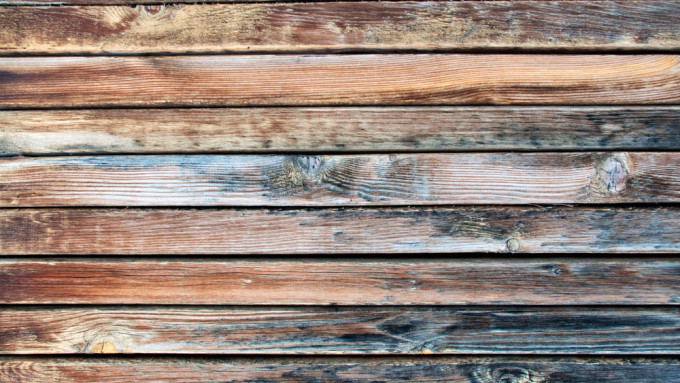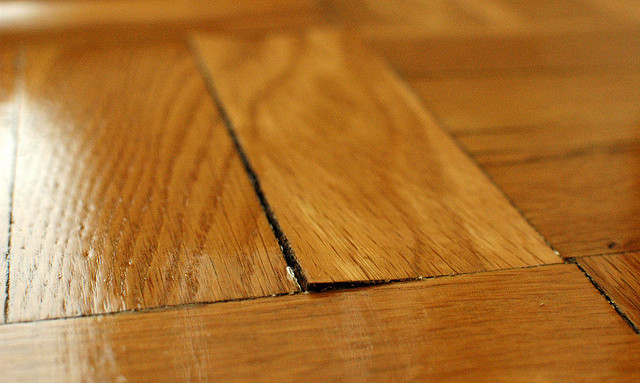There is no beauty like the beauty of a well-kept hardwood floor. When that beauty is marred by water damage, all of that hard work and effort feels like it has been washed away in a flood. Can wood floors be saved after water damage? Usually, the answer is yes. Step number one should be to call a professional as soon as possible after you find the damage. Here are some other damage control tips that can help save that beautiful floor.
1. Assess the Damage, Remove the Excess
How much of your floor has been affected by water damage? Depending on the size of the damaged area, you should immediately towel up or water vacuum the excess water to minimize the amount of seepage that occurs. The sooner you get up the excess water, the more likely it is that your floor can be saved.
2. Check for Mold
Unchecked water damage to hardwood flooring provides the perfect environment for mold spores to take hold and reproduce. Black mold not only devalues your house and destroys your flooring, it also affects the air quality of your home. Check your flooring and subflooring if you can for signs of mold growth, especially when your hardwood floor has been water damaged for an extended period of time. You will need to make sure that the mold is eliminated when your floor is dried or repaired.
3. Check the Subfloor
Most people only check the top of flooring for dryness, but neglect to check the subfloor underneath for water or water damage. There are special considerations and drying procedures that need to be taken into account if the subfloor has been damaged in addition to your hardwood floor. Hire an expert to give it a once over before you do any repair or resurfacing.
4. Have a Professional Check Your Floor Before Refinishing
Many homeowners rent or buy poly-vinyl floor drying mats and dryers to dry out damaged flooring themselves. However, it is absolutely essential to have an expert do an assessment of your floor to make certain it is completely dry before deciding to refinish damaged hardwood. If the floor or subfloor is refinished before it is completely dry, it can actually make the water damage worse in the long run.
Water damage to a hardwood floor can seem disheartening and overwhelming at first, but with the right post-damage assessments and drying procedures, your beautiful hardwood floor can be saved and renewed. Consider hiring an expert to guide you through the process, and help you preserve and protect your investment for years to come.


